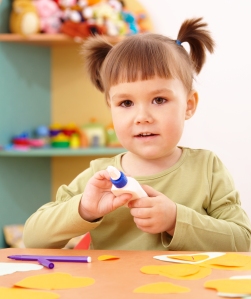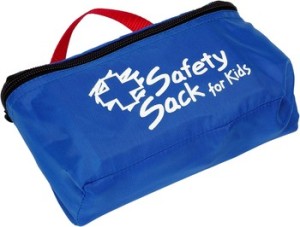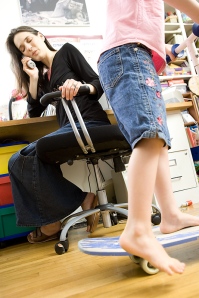Your child’s first week of preschool can be a daunting experience for both you and your child. If your child has never been away from you or has only stayed with relatives the adjustment period when starting preschool may take a little longer.
Creating a smooth transition at drop off time may take a few days and for some children it may take longer. Following a routine and staying calm yourself are two ways you can make the transition a little easier. While no parent can guarantee no tears, there are some things you can do as a parent to make starting preschool easier on both you the parent and your child.
Get Excited – Help your child get excited about preschool by talking about it in a positive light. Talk about new friends, activities and how it is only for a short time. Do not let your child hear you talk negatively about teachers or other children and don’t make them feel bad by telling them you will miss them. Children carry our burdens easier then we think and if they know you will miss them, they may suffer from separation anxiety. Keep things light and upbeat.
Meet teachers, parents and other children – If your preschool has a meet the teacher day or some form of open house, make time to attend. Not only will it let your child get a good look at their new surroundings but you can make contact with other parents and hold a play date before school starts. Helping your child get to know other kids that will be in their class can help those separation fears on the first few days.
Have a calm and relaxed morning – Give yourselves time to eat breakfast and have everything ready without rushing through the morning. This will help keep both you and your child calmer. Just make sure you give yourself enough time that you will not be late.
Get to school a little early – Getting to preschool a little earlier, especially on the first day, will let your child adjust to their new surroundings without being bombarded by other children. Another great thing about getting their earlier is your child will get to talk to their teacher before the busyness of the day begins.
Stay calm and composed – If you shed tears in front of your child it is quite possible that your child will get upset. It is hard as a parent to leave your child in another persons hands. Stay calm till you leave the classroom then you can head to the car with tissue in hand.
Short and sweet – Keeping your goodbyes short and sweet will help both you and your child. Give a quick hug and let them know you will be back soon or you can give a specific, like after lunch or nap time. Always make sure you say your goodbyes as sneaking out could make the situation worse. If your child is upset leave and stand out in the hallway for a while. Most of the time you will find they calm quickly once you have left the room.
Following these ideas can help the first days or preschool run a little smoother. If your child does tend to be an emotional child there may be some tears and tantrums when starting preschool. Just remember that this time will pass and soon he will be running to class to join his friends.










Recent Comments